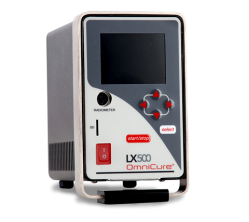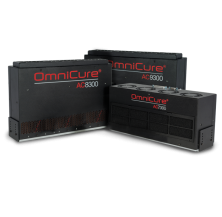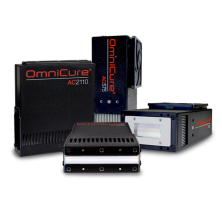UV LED Curing for Cable Assembly Manufacturing
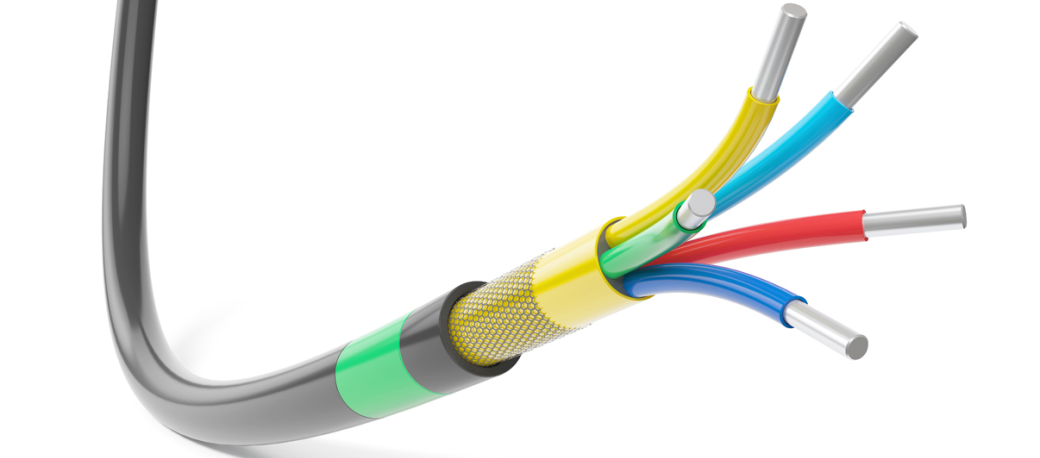
Cable assemblies are used in various industries to transmit electrical signals, power or data between devices. Typical cable assemblies consist of a set of wires combined into a single cable with a connector on at least one end and can range from simple wire harnesses to complex fiber optic cable assemblies.
Repeatability and reliability are critical to optimal performance of cable assemblies and one way to ensure a high-quality finished product is through the use of ultraviolet (UV) curing technology during the assembly process. UV curing uses high-intensity ultraviolet light to rapidly and completely cure adhesives, coatings, and inks in the assembly of wire harnesses, ribbon cables, power cables, fiber optic cables, and medical devices.
Excelitas offers a wide selection of OmniCure® UV spot and area curing systems to provide a complete solution for any cable assembly process.
Types of Cable Assemblies
- Wire harnesses are a bundle of wires or cables secured together for ease of installation and maintenance. Using UV curable inks, part identification and specifications can be printed and cured onto a film that is wrapped around the cable bundle before applying the outer jacket. More often, part identification and specifications are printed onto the outer jacket using UV curable inks.
- Ribbon cable assemblies consist of multiple wires arranged in a parallel configuration. UV curing can be used in conjunction with UV curable protective coatings and adhesives to reliably secure and protect the individual wires.
- Power cable assemblies are used in high current applications. Wire entry into the connector housing is often supported by UV curable flexible silicon (RTV) or potting compounds to improve moisture resistance and provide high levels of vibration resistance.
- Fiber optic cable assemblies transmit data using light and require precise termination and handling for optimal performance. UV curing can be used to splice fiber optic cables or to secure connectors or ferrules onto the fiber, resulting in a reliable high-performance connection.
- Medical devices often include micro-wire bundles and assemblies as part of the device. Invasive medical devices often use a specialty UV curable coating to increase the lubricity of the device to decrease tissue irritation and damage.
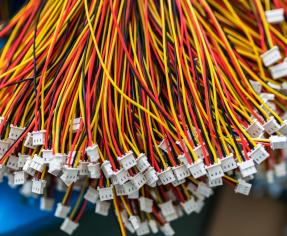 One of the latest advancements in UV curing technology is the use of UV LED (light emitting diode) light sources. Compared to traditional mercury lamps, UV LEDs use less energy and have a significantly longer lifespan. UV LEDs also provide a narrower spectral wavelength distribution, which allows for better control of the curing process and reduces the risk of over-curing or under-curing.
One of the latest advancements in UV curing technology is the use of UV LED (light emitting diode) light sources. Compared to traditional mercury lamps, UV LEDs use less energy and have a significantly longer lifespan. UV LEDs also provide a narrower spectral wavelength distribution, which allows for better control of the curing process and reduces the risk of over-curing or under-curing.
Another technology advancement is the development of hybrid systems that combine UV and thermal curing methods, enabling the curing of thicker coatings or adhesives.
The use of automation and robotics in UV curing technology has also increased, enabling a more consistent and accurate curing process for higher-quality cable assemblies.
Environmental Benefits of UV LED Curing in Cable Assembly Manufacturing
- UV curing is more efficient than traditional heat-curing methods and can help reduce energy consumption and greenhouse gas emissions.
- UV-curable materials contain little to no solvents, resulting in lower volatile organic compound (VOC) emissions.
- UV-curable materials can be efficiently applied and cured, resulting in less waste and lower disposal costs.
